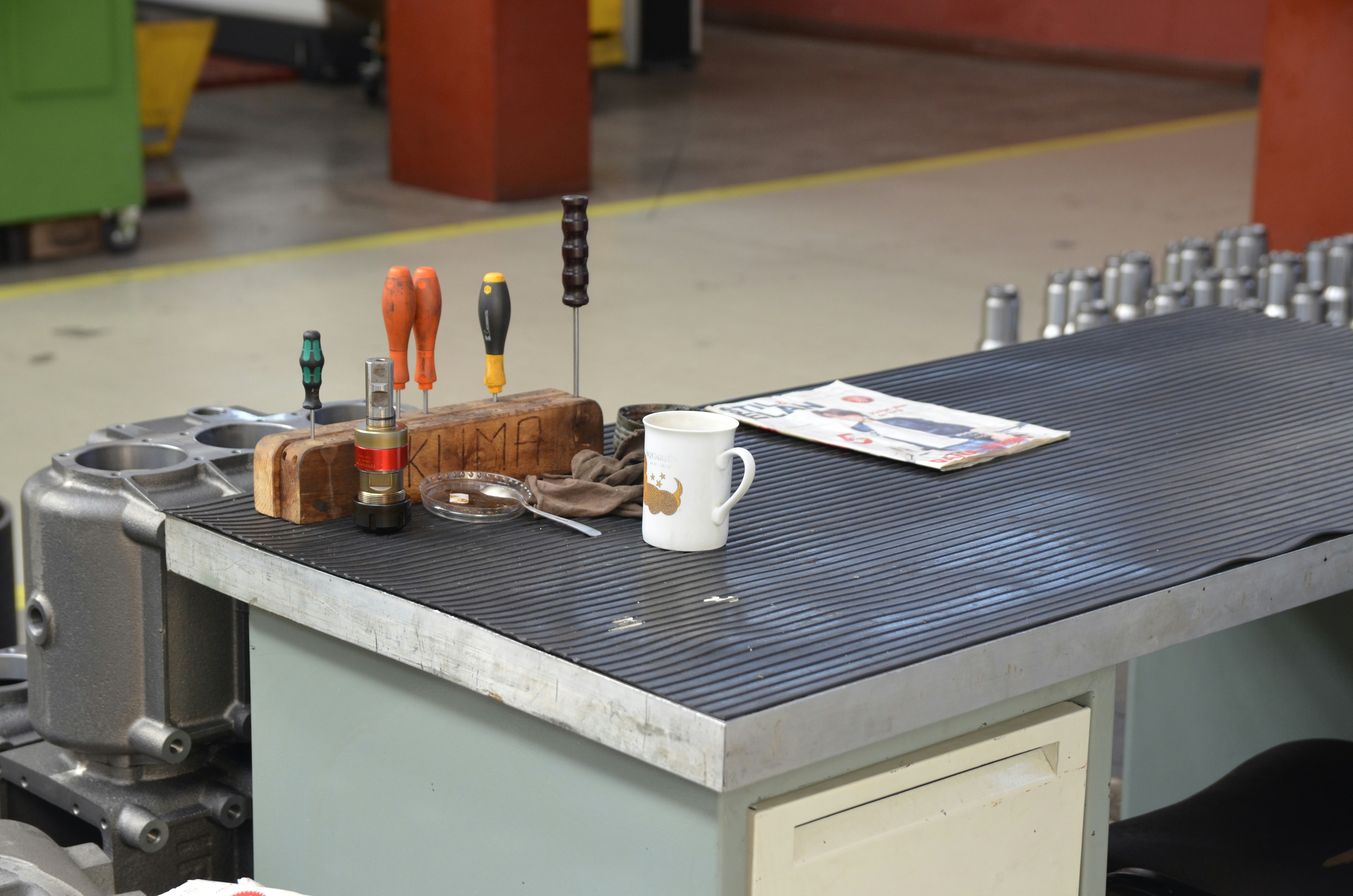Understanding Pneumatic Tools
Pneumatic tools, commonly referred to as air tools, utilize compressed air to perform various tasks across numerous industries. These tools draw their power from a pneumatic system, which consists of a compressor as the power source and a series of hoses and fittings to convey compressed air to the tool itself. This mechanism allows pneumatic tools to achieve higher efficiency and enable faster operations when compared to their electric counterparts.
The advantages of pneumatic tools are multifaceted. Their power-to-weight ratio tends to be significantly better than electric tools, as the lighter design of air tools allows for extended usage with reduced fatigue for the operator. Additionally, pneumatic tools often exhibit greater durability and longevity. The absence of electric components reduces the risk of overheating, thus making these tools suitable for prolonged use in demanding environments. Industries that commonly utilize pneumatic tools include construction, automotive repair, and manufacturing, among others.
There is a wide variety of pneumatic tools available, each designed for specific applications. For instance, impact wrenches are widely used in automotive maintenance for loosening and tightening fasteners. Nail guns, prominent in the construction industry, facilitate rapid production and assembly of wooden frames, while grinders are essential for material preparation, finishing tasks, and surface cleaning. Understanding the different types of air tools not only helps in selecting the appropriate tool for a job but also emphasizes the importance of maintenance practices. Regular maintenance is critical to ensuring pneumatic tools maintain optimal performance and extend their longevity, thereby maximizing their return on investment.
Essential Maintenance Practices
Maintaining pneumatic tools is paramount for ensuring longevity and optimal performance. The cornerstone of effective air tool maintenance revolves around several essential practices that should be diligently followed. Regular cleaning is critical; it is advisable to remove debris, dust, and residues after each use to prevent the accumulation that might impair the tool’s functionality. A clean tool not only operates more efficiently but also reduces the risk of malfunction.
Lubrication of moving parts is another essential practice that cannot be overlooked. Proper lubrication minimizes wear and tear, ensuring smooth operation. Air tools often operate under high pressure and strain; thus, it is important to utilize the correct lubricant as specified by the manufacturer while avoiding the use of excessive amounts. This practice not only enhances performance but also contributes to extending the life of the tools.
Regular inspection for leaks in hoses and fittings is crucial as well. Pneumatic systems can experience wear, and even minor leaks can significantly impact the efficiency of air tools. Conducting routine checks ensures that any potential leaks are detected and rectified promptly, thus preventing further damage or performance issues.
Routine replacement of filters is an equally important maintenance task. Filters prevent contaminants from entering the air tools, and neglecting to replace them can lead to reduced air quality, resulting in operational failures. Ensuring that filters are cleaned or replaced according to the manufacturer’s guidelines significantly enhances tool reliability.
Moreover, adhering to the manufacturer’s maintenance schedule is vital. Each pneumatic tool has specific maintenance requirements that should never be ignored. Neglecting these practices can lead to decreased performance metric, increased downtime, and ultimately, operational failure.
Common Issues and Troubleshooting
Pneumatic tools are essential for various industrial and DIY applications, but their performance can be hindered by several common issues. Inconsistent power delivery is often one of the first signs that maintenance is required. This problem can arise from insufficient air pressure, which can result from compressor malfunction or inadequate hose connections. Users should ensure that their air compressor is set to the correct pressure and that all hoses are free from kinks or blockages that may impede airflow.
Another frequent issue relates to air leaks. Leaks can occur at connection points or through worn-out seals, leading to reduced efficiency. To troubleshoot air leaks, users can apply a soap solution on the suspected joints; bubbles will indicate escaping air. Regular inspection of fittings and hoses is recommended to catch wear and tear before they escalate into more significant problems. It is crucial to replace damaged components promptly to maintain optimal performance.
Excessive noise is another indicator that something may be wrong with a pneumatic tool. Tools typically operate quietly, so loud sounds may suggest mechanical issues or insufficient lubrication. Users should check for proper oil levels and ensure that necessary parts are adequately lubricated. If noise persists despite maintenance, it could signify misalignment or other mechanical failures, which may require professional evaluation.
While many issues can be rectified through basic troubleshooting, lack of expertise can complicate repairs. Signs that warrant professional servicing include persistent air leaks after repairs, continued inconsistent power, or significant changes in the performance of the tool. By remaining vigilant and performing routine inspections, users can significantly prolong the life and efficiency of their pneumatic tools.
Storing and Handling Pneumatic Tools Properly
Proper storage and handling of pneumatic tools are crucial for ensuring their longevity and effectiveness. Environmental conditions play a significant role in the maintenance of air tools. Tools should be kept in a dry, clean area to prevent rust and corrosion. Extreme temperatures can also affect the performance of pneumatic tools; therefore, a stable environment is ideal. Tools should not be exposed to moisture or high humidity, which can lead to internal damage over time.
When it comes to storage solutions, utilizing tool chests or dedicated racks is highly recommended. These storage options keep tools organized and accessible while protecting them from physical damage. It is essential to store tools in such a manner that minimizes their exposure to dust and debris. Custom sections within tool cabinets can prevent jostling and protect delicate components. Additionally, it’s advisable to keep tools in their original cases when possible, as this ensures maximum protection against any external impact.
Securing hoses properly is another vital aspect that should not be overlooked. Hoses should be coiled neatly without sharp bends or kinks, as this can lead to cracks and leaks that compromise tool performance. Tools should be returned to storage immediately after use to avoid accidental damage and maintain their condition. Furthermore, implementing proper usage habits during operation can greatly contribute to the longevity of pneumatic tools. Users should familiarize themselves with each tool’s specific operational guidelines to avoid overexertion, which can cause premature wear and tear.
In conclusion, adopting these best practices for storing and handling pneumatic tools will help extend their life and maintain their effectiveness, ultimately leading to more efficient operations over time.
If you’re interested in purchasing the item you seek, please click the link for additional details: #americanachoice.
https://amzn.to/3SBN3Oy
AFFILIATE DISCLOSURE: I am an affiliate for this company, I am not a paid employee.
I may receive a commission if you click a link on this page and choose to purchase something.
You can rest assured I will only share things I believe in and will be valuable to you.



